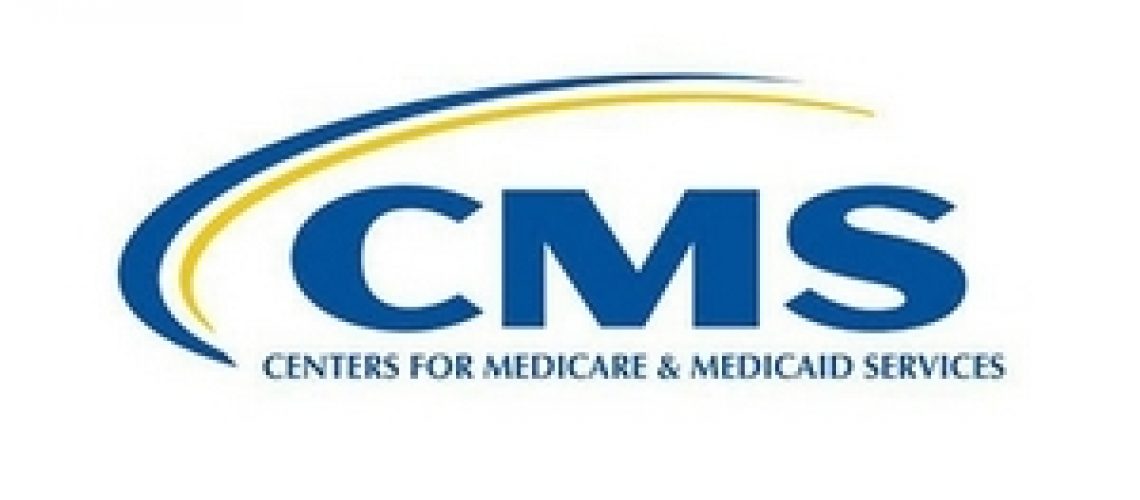CMS recently finalized a rule that will shift the Medicare payment system for skilled nursing facilities (SNF) away from fee-for-service and toward value starting in 2019.
The federal agency will make the move by implementing the Patient-Driven Payment Model on Oct. 1, 2019.
The Patient-Driven Payment Model is a case-mix reimbursement model that will pay skilled nursing facilities for a patient’s needs, rather than the volume of service he receives. The model will use ICD-10 diagnosis codes, patient characteristics, and other clinically relevant factors to classify patients.
Once patients are classified, the Patient-Driven Payment Model will adjust Medicare reimbursement based on the patient’s care, most notably for non-therapy ancillaries, or items and services not related to the provision of therapy, such as drugs and medical supplies. By adjusting payments based on the type of care received, CMS intends to more accurately account for the costs associated with treating medically complex patients.
The Patient-Driven Payment Model will also adjust the SNF per diem payments to address the varying costs throughout a skilled nursing facility stay. The adjustments also create safeguards against possible financial incentives to ensure patients receive care consistent with their specific needs and goals.
“The improved SNF PPS [prospective payment system] case-mix classification system moves Medicare towards a more value-based, unified post-acute care payment system that puts unique care needs of patients first while also significantly reducing administrative burden associated with the SNF PPS,” CMS wrote in a fact sheet on the final rule.
The federal agency projects that the Patient-Driven Payment Model to save providers about $2 billion over the next decade. Savings will primarily stem from the reduction in paperwork required for billing.
In addition to the new value-based reimbursement model, CMS also finalized changes to SNF therapy limits. By October 2019, the combined limit on group and concurrent therapy will be 25 percent.
CMS believes that “this best ensures that SNF patients will continue to receive the highest caliber of therapy that is best attuned to their individual needs and goals.”
Other finalized changes to SNF reimbursement include:
$820 million increase in Medicare reimbursement under the FY 2019 SNF PPS
Adoption of an additional cost factor to consider when assessing measure for removal from the SNF Quality Reporting Program measure set
Publication of the four SNF Quality Payment Program assessment-based quality measures
Updates to the SNF Value-Based Purchasing Program performance and baseline periods for FY 2021, the scoring methodology, and extraordinary circumstances exception policy
Additionally, CMS finalized the FY 2019 prospective payment systems for inpatient rehabilitation facilities and inpatient psychiatric facilities.
In 2019, inpatient rehabilitation facilities will see a 1.35 percent, or $105 million, increase in Medicare reimbursement, while inpatient psychiatric facilities will get a 1.1 percent, or $50 million, boost.
Both types of facilities will also experience a reduction in paperwork, particularly through the elimination of quality measures, CMS highlighted in an emailed announcement.
“The Inpatient Rehabilitation Facility (IRF) PPS and Inpatient Psychiatric Facility (IPF) PPS final rules finalize policies that ensure the measures those providers must report are patient-centered and outcome-driven rather than process-oriented. Where applicable, these changes will allow providers to work with a smaller set of more meaningful healthcare measures and spend more time on patient care,” the federal agency wrote.
The final inpatient rehabilitation facility PPS rule stated that regulatory burden for the facilities will decrease by over 300,000 hours. CMS also reduced the number of measures inpatient rehabilitation facilities must report and granted documentation flexibility in several areas.
Specifically, finalized changes to the inpatient rehabilitation facility PPS that will reduce regulatory burden in 2019 include:
Allowing the post-admission physician evaluation to count as one of the face-to-face physician visits
Permitting the rehabilitation physician to lead the interdisciplinary team meeting remotely
Eliminating the admission order documentation requirement to reduce duplicative documentation requirements
Removing the Functional Independence Measure Instrument and associated function modifiers from the IRF-Patient Assessment Instrument (PAI)
“By reducing regulatory documentation burden on IRF physicians, provisions in this final rule will allow more time to be spent on direct patient care,” CMS stated in the announcement.
Inpatient psychiatric facilities will face less regulatory burden after CMS removes five measures from the Quality Reporting Program in FY 2020.
However, CMS will retain three measures that were going to be eliminated from the program. The federal agency decided not to move forward with the measure elimination after stakeholders stressed the importance of physician restraint use, seclusion use, and tobacco use treatment at discharge measures to patient safety.
——————————————————
Photo courtesy of: Medical Coding News
Originally Published On: Rev Cycle Intelligence
Follow Medical Coding Pro on Twitter: www.Twitter.com/CodingPro1
Like Us On Facebook: www.Facebook.com/MedicalCodingPro







